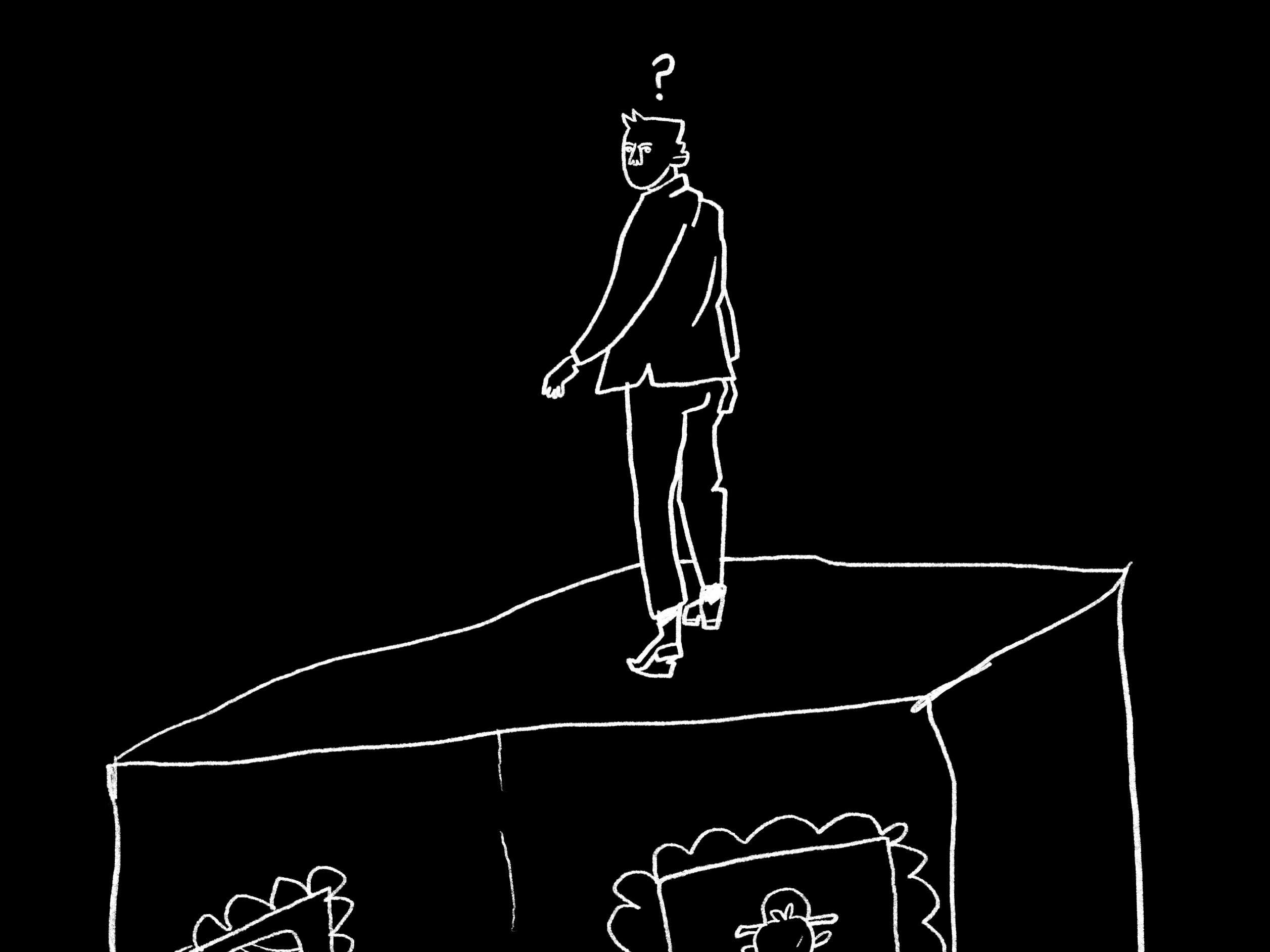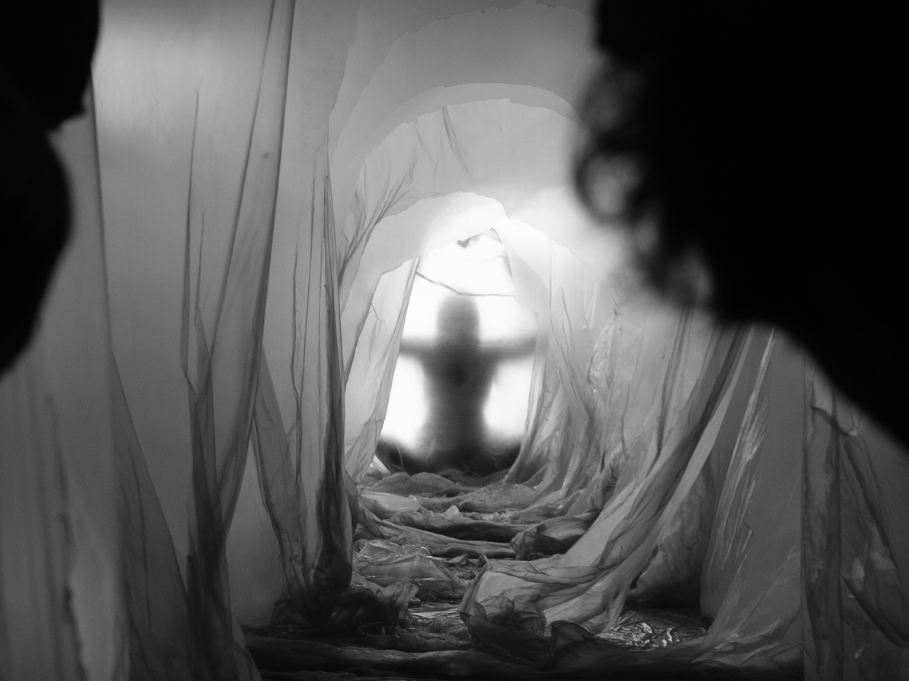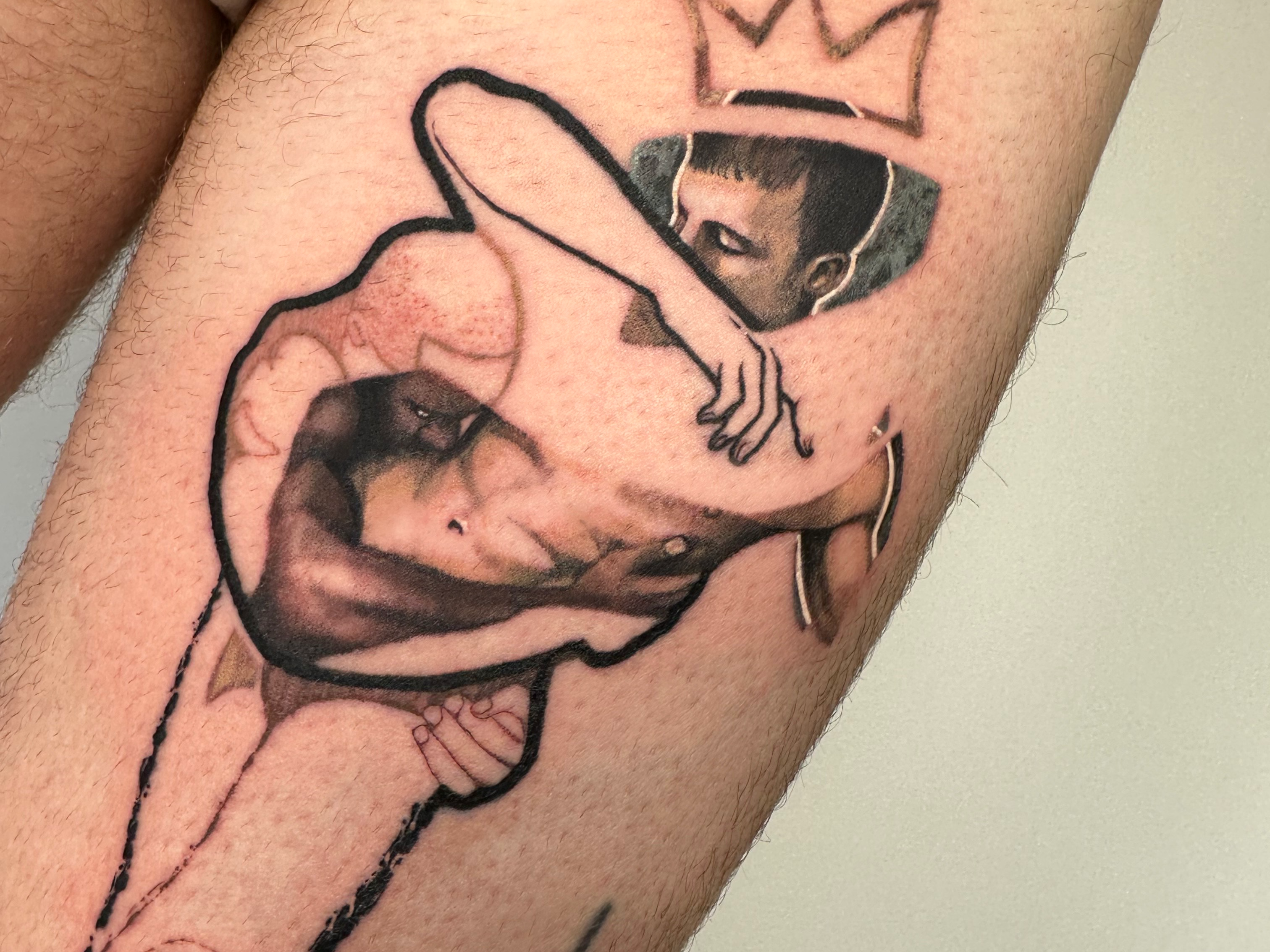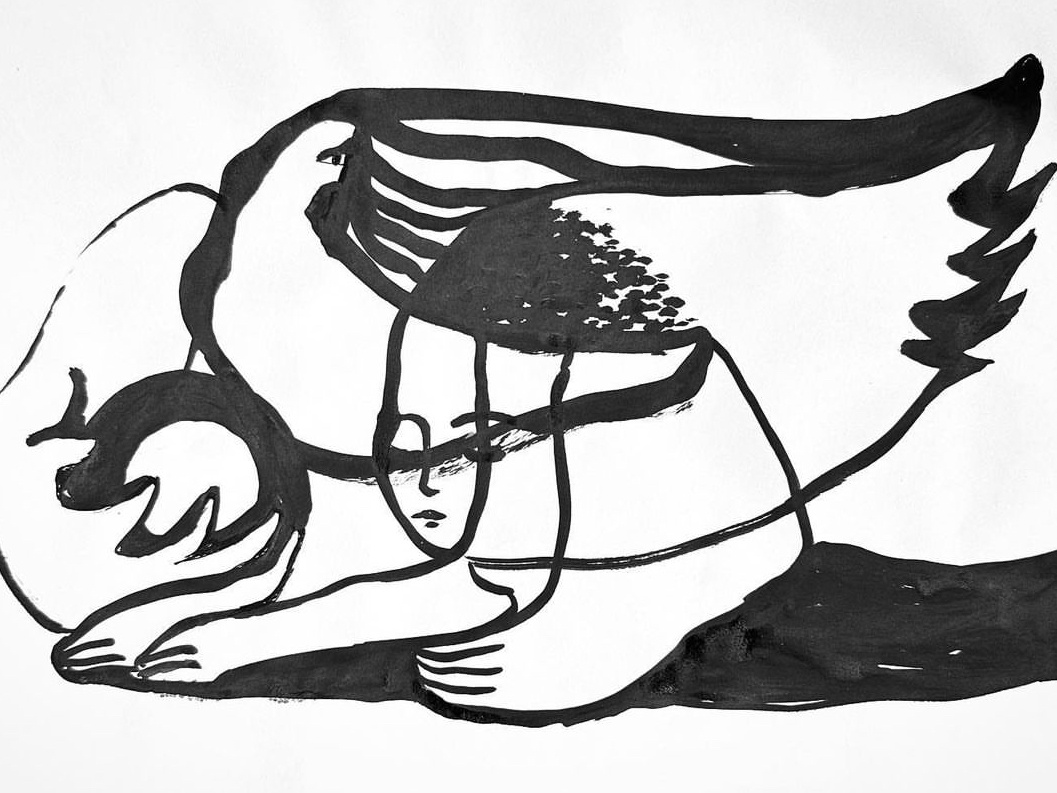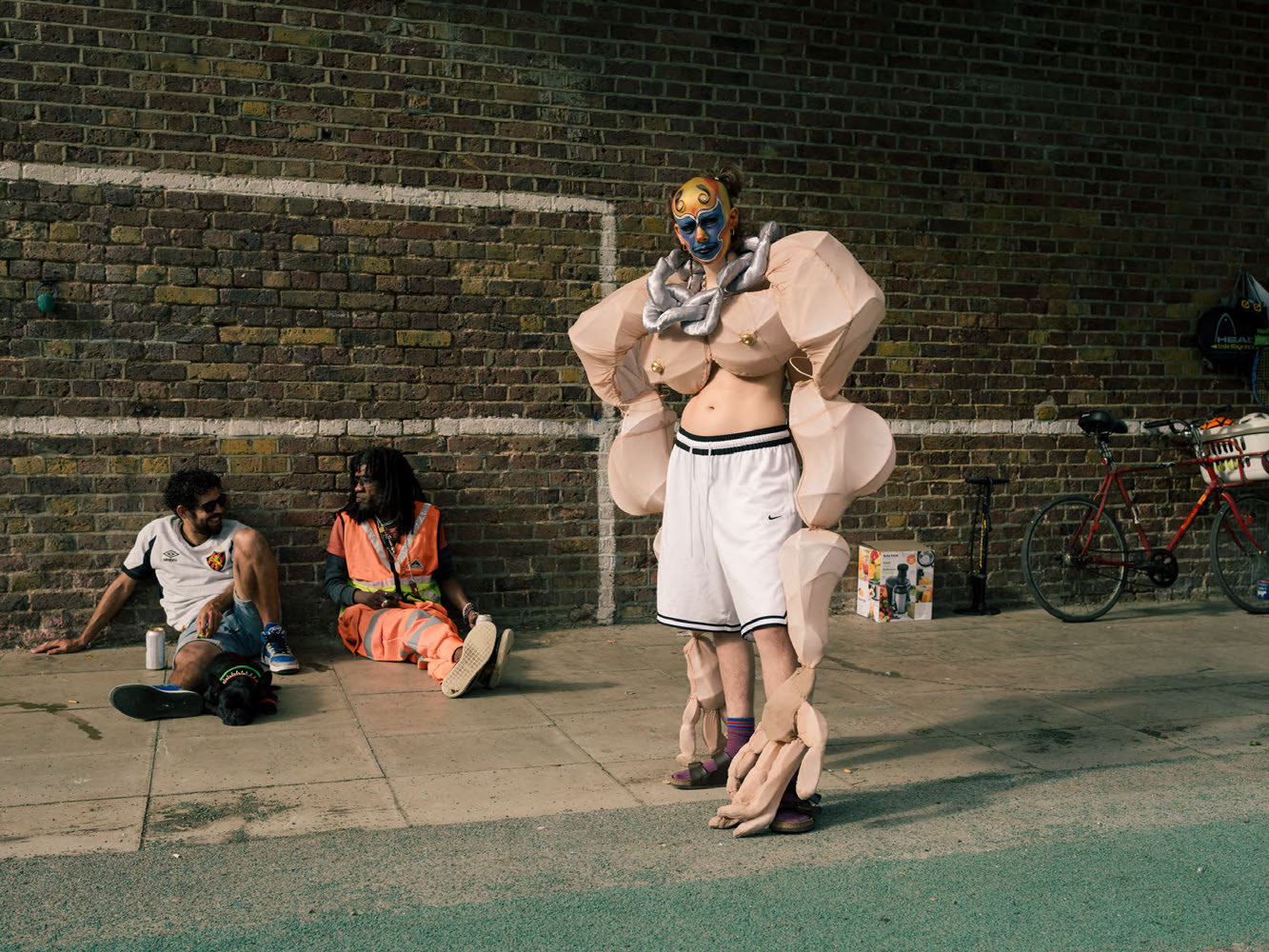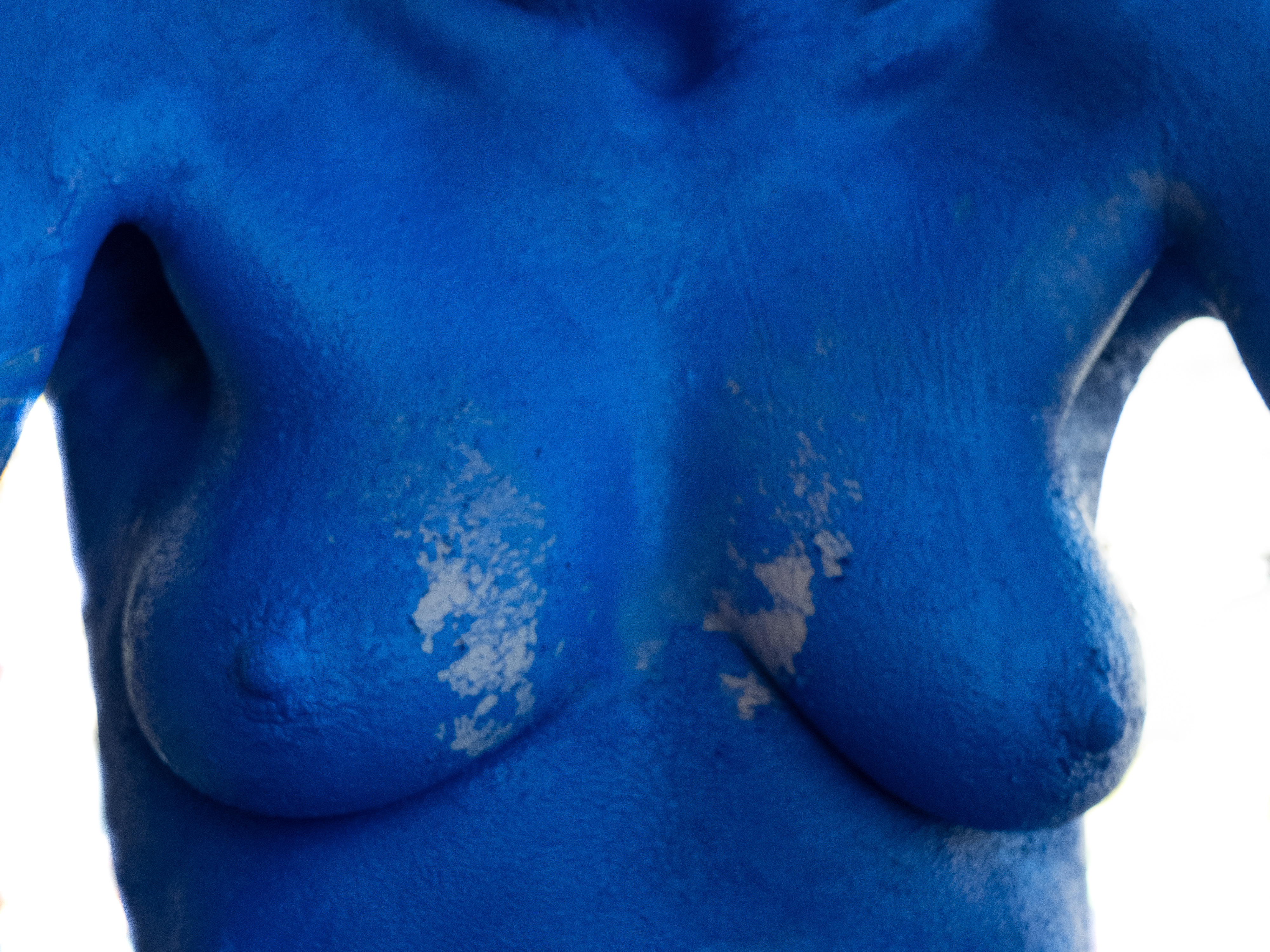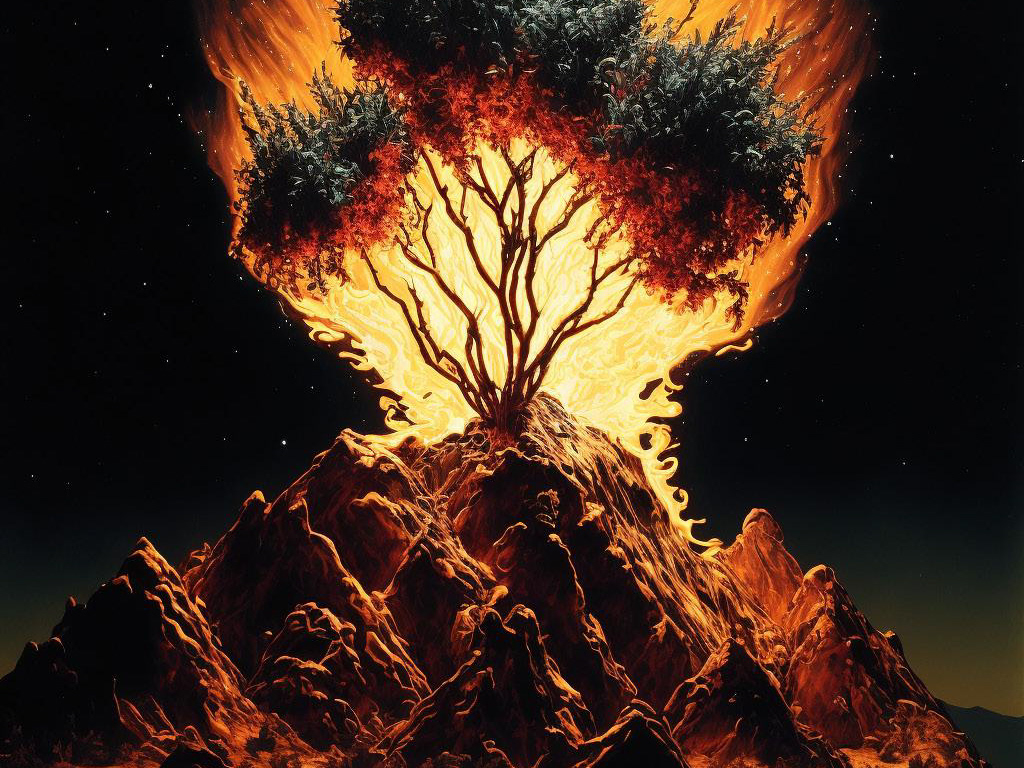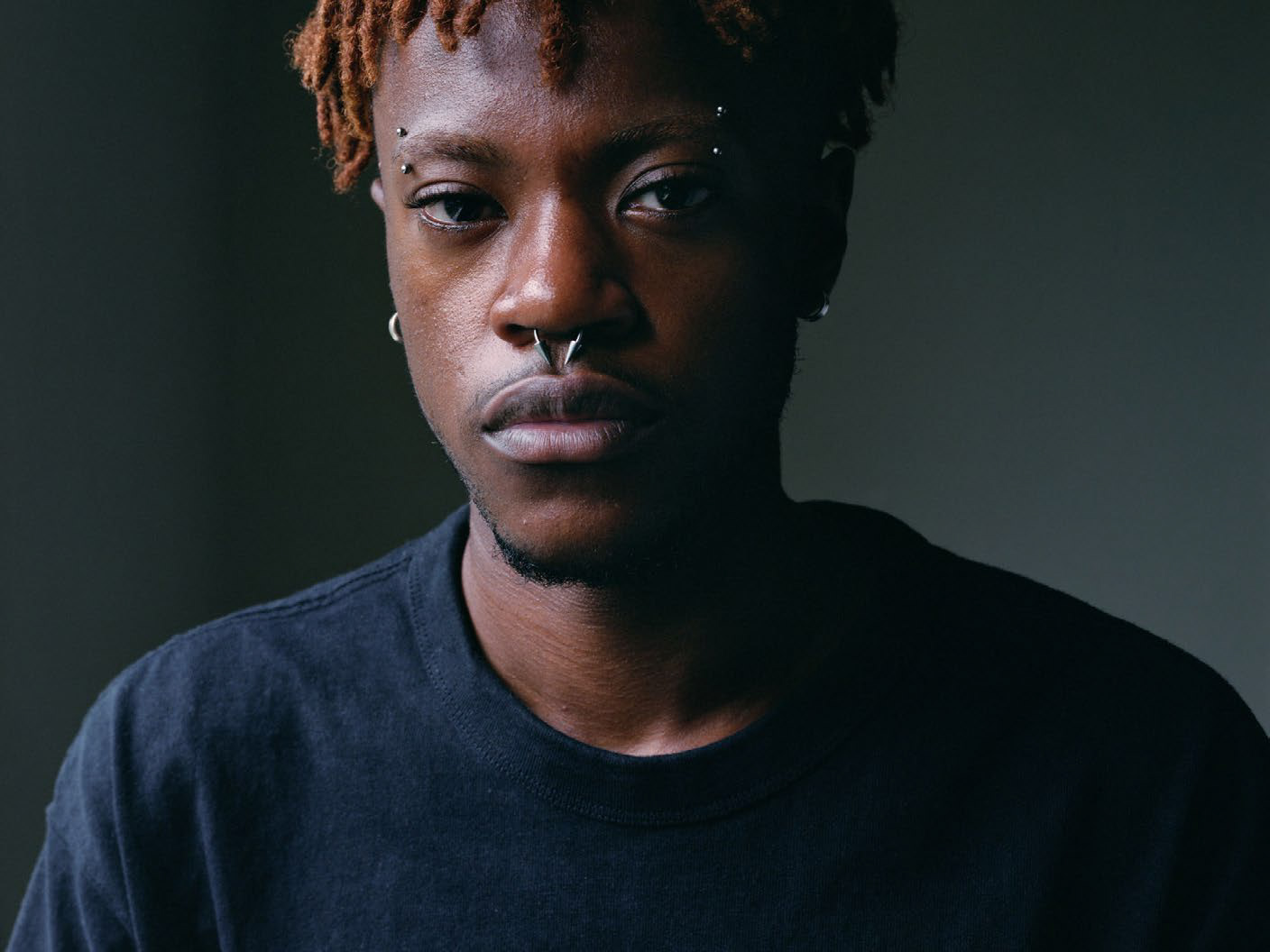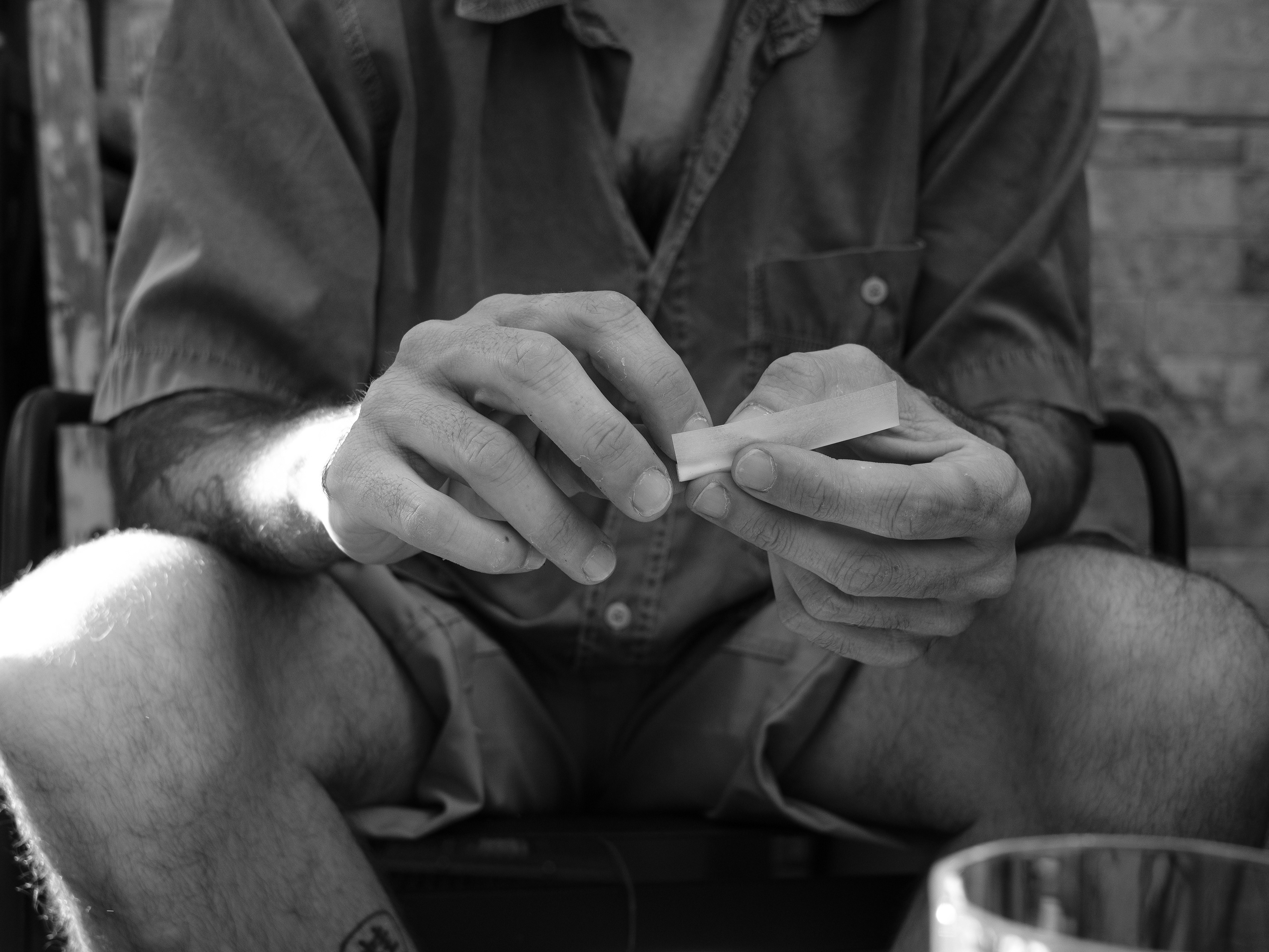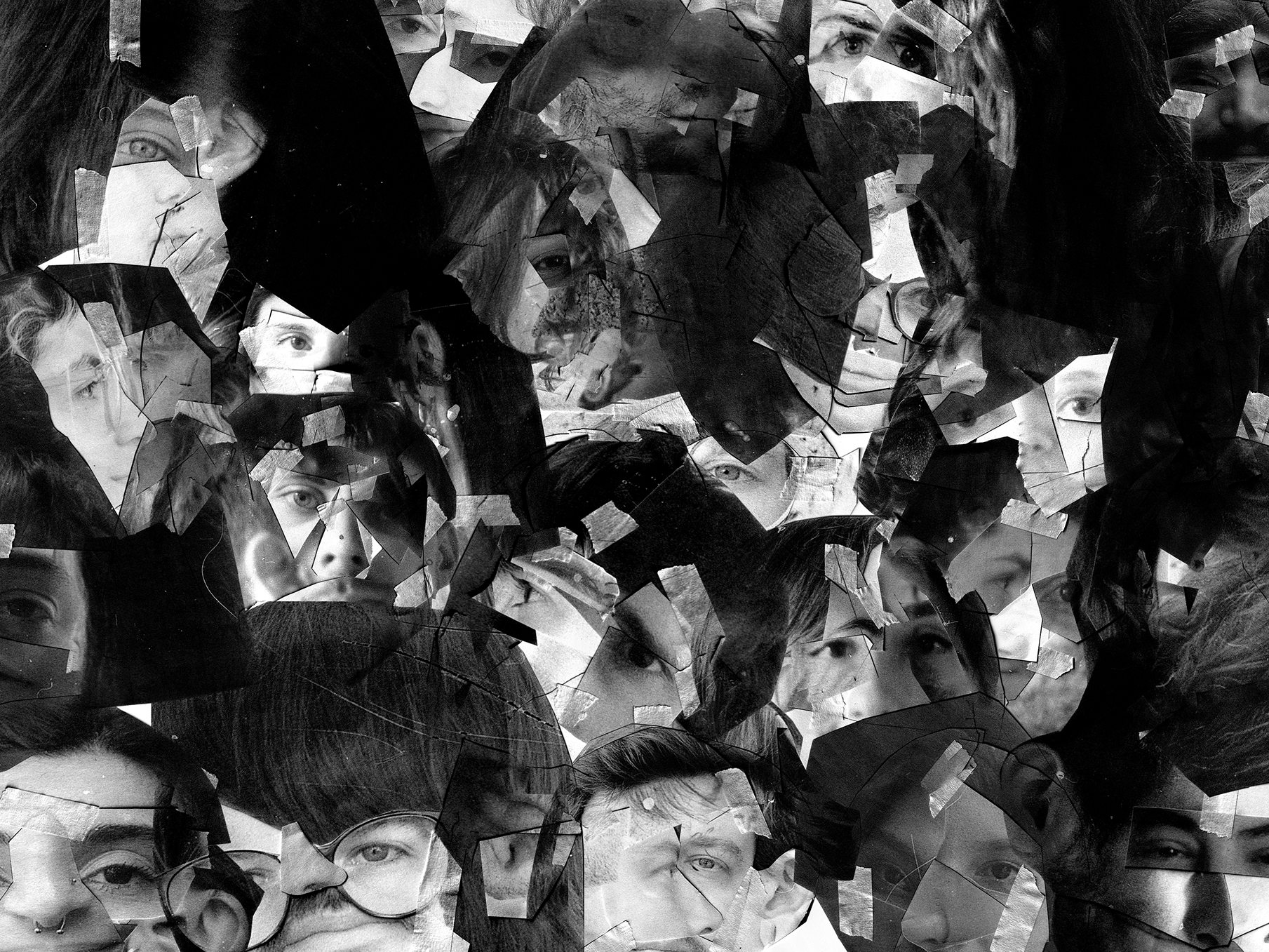NAKED CANVAS
WRITTEN BY ELIJAH KAGAN
WORKS BY NIKKI ITZHAK
INTERVIEWED: AMIT PAL & EVA BROIDE-ZAITSEV
Published on May 8th, 2025 as part of UNHiNGED #5 - Flesh and Form
Nude modeling has always been a cornerstone of artistic exploration, offering a unique perspective on the human form in its purest essence. But what compels someone to embrace this vulnerable and transformative role? Our co-founder, Elijah Kagan, spoke with several nude models to uncover their journeys. Through candid conversations, they revealed the motivations, challenges, and personal growth intertwined with their work, shedding light on a profession that bridges art, identity, and self-expression.
The human body has long been a central theme in art, serving as a mirror of societal values, beliefs, and ideals. During the Middle Ages, the Church used images of the nude to illustrate humanity's vulnerability and moral imperfections, often conveying religious lessons to an illiterate populace. At the time, nudity was synonymous with sin, and its representation in art served spiritual and moral purposes.With the Renaissance came a shift in perspective. Artists began to explore the nude as a celebration of human beauty and sensuality, moving beyond purely religious connotations. In 1485, Botticelli’s groundbreaking depiction of Venus marked a turning point—an exploration of the female form for its own sake, independent of spiritual themes. This evolution laid the foundation for the nude as a subject of artistic and personal expression.
Today, modern nude models continue this tradition, navigating the intersection of art, identity, and vulnerability. Their experiences provide insight into the personal and social dimensions of their craft, bridging centuries of artistic history with contemporary discussions on body acceptance and self-expression. Two models, Eve and Amit, reflect the depth and diversity of this profession. Eve, a seasoned model with roots in Moscow, finds deep connection and meaning in her work, while Amit, a trans woman, discovered modeling unexpectedly and found it transformative. Their stories reveal the challenges and triumphs of nude modeling in today’s world.
Nude modeling often starts unexpectedly, emerging from chance encounters or spontaneous decisions. Unlike traditional careers, it is a field shaped by personal exploration and a willingness to step outside one’s comfort zone. This unplanned beginning often leads to a profound connection between the individual and their body.
Eve shares: “When I was finishing my studies, I felt adrift. I had knowledge and opinions, but none of it felt truly mine. A friend suggested I try nude modeling, and I realized it aligned with my nature. The first time I posed, I felt completely free, without embarrassment. The biggest challenge was learning how to hold poses and gauge my limits. But over time, you adapt and constantly learn about your body.”
Amit’s entry into the field was similarly unplanned: “I had no connection to the art world. One day, a friend invited me for coffee before a modeling session. When one of the models canceled, she asked if I wanted to try. Within minutes, I said yes. On the way, she gave me a few tips, and I loved the experience. It felt euphoric. From that moment, I knew I wanted to continue. Breaking into the modeling world was difficult; it’s a tight-knit community. But I persevered by contacting art schools, joining groups, and sending countless emails.”
For many, nudity fosters a sense of freedom and authenticity. Stripping away clothing can feel like shedding societal expectations, allowing individuals to reconnect with their natural selves. This process often nurtures body acceptance and confidence, encouraging people to embrace their physicality without judgment. For some, nudity creates a sense of intimacy and vulnerability, while for others, it is liberating and empowering.
Eve reflects: “In Moscow, I modeled in many places, but after moving to Israel, I initially pursued teaching. About a year later, I realized I couldn’t live without modeling. It connects me to my body and creates lasting memories. Modeling has also made me prioritize physical health—I work out to hold more dynamic poses. It’s an investment in my future. I plan to model into old age and beyond.”
For Amit, modeling brought unexpected revelations: “I’m a naturist and belong to a nudist community, which is rare in Israel. For me, modeling feels like a performance—everyone is watching, and I hear pencils scratching paper. Those sounds are the essence of creation.”Long posing sessions can be physically and mentally demanding. To endure these challenges, many models adopt meditation techniques, turning the experience into a form of self-reflection and mindfulness. Practices such as focusing on breath, visualizing peaceful scenes, or repeating mantras help manage discomfort and create a sense of inner calm.
Eve shares: “I started with mindfulness meditation, focusing on the second hand of a clock. It was challenging at first, but over time I began listening to audiobooks, which I now always use during sessions.”
Amit adds: “I enjoy long poses because they allow me to enter a meditative state. I reflect on my body and sometimes experience a flow state, where I feel like I’m floating. I also love improvising poses and documenting the results. While I don’t keep the actual paintings, I photograph them for my portfolio.”
Nude models often view their bodies as both personal and artistic tools, detached from societal judgments. Instead, they focus on form, movement, and composition, fostering a deeper appreciation for their physicality beyond traditional beauty standards.
Eve explains: “Artists use me as a reference, creating what they want to capture. It’s not about me personally. Once, I modeled while grieving a breakup. I couldn’t stop crying, but the session became a cathartic experience. Setting boundaries is essential, but you learn as you go.”
Amit’s journey was deeply personal: “For most of my life, I struggled with body image. Joining a nudist community helped me confront my fears, but modeling took it further. At first, I was nervous about being actively observed. Over time, I embraced my uniqueness. I’ve faced rejection, but each session reinforces my sense of purpose and self-worth.”Nude modeling challenges societal norms and redefines how we perceive the human body. By offering artists genuine and unfiltered representations of physicality, models help dismantle taboos, foster inclusivity, and celebrate diversity. However, their contribution goes beyond art—it creates ripples of change in how we view ourselves and each other.
For Eve, the experience has been about community and connection: “Modeling has taught me patience and comfort in solitude. Artists value all kinds of bodies, and changes in mine add uniqueness to the image. In Israel, I’ve found a strong community of intelligent, courageous women who support and uplift each other.”
For Amit, it has been about healing and self-discovery: “Through modeling, I’ve learned to love parts of my body I once disliked. It helped me decide against gender-affirmation surgery because I now see beauty in my physical form. Modeling has given me purpose, healing, and a deeper connection to myself.”
At its core, nude modeling is an act of courage. It invites vulnerability, challenges preconceived notions, and creates a space where beauty is not confined to narrow standards but celebrated in all its forms. By stepping into this role, models like Eve and Amit contribute to a broader understanding of humanity’s diversity and resilience—and remind us of the power of art to reflect, heal, and inspire.

